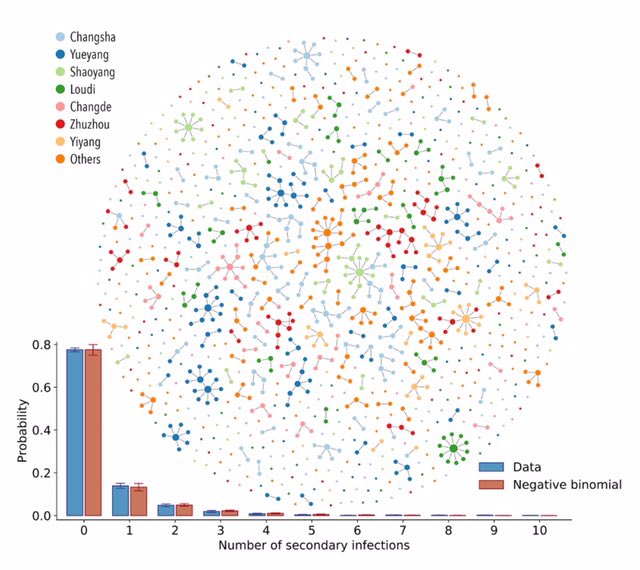
Another week, another sad record.
Last week @WHO recorded the highest weekly numbers yet in this pandemic:
More than 4 million new cases
More than 67,000 new deaths
Last week @WHO recorded the highest weekly numbers yet in this pandemic:
More than 4 million new cases
More than 67,000 new deaths

@WHO The good news is that the rapid increase in global case numbers has slowed down.
The deaths are still catching up, however. In the last four weeks reported deaths were:
45,051
54,835
59,699
67,221
The deaths are still catching up, however. In the last four weeks reported deaths were:
45,051
54,835
59,699
67,221
@WHO The countries reporting the most cases last week:
US: >1.1 million cases (+14%)
India: >280,000 (-8%)
Italy: >230,000 (-3%)
Brazil: >200,000 (+17%)
France: >170,000 (-16%)
That mirrors the global situation with cases decreasing in Europe and increasing in the Americas.
US: >1.1 million cases (+14%)
India: >280,000 (-8%)
Italy: >230,000 (-3%)
Brazil: >200,000 (+17%)
France: >170,000 (-16%)
That mirrors the global situation with cases decreasing in Europe and increasing in the Americas.
@WHO On US: “Transportation Security Administration (TSA) screened more than 2 million air passengers on 20 and 21 November, in the two days after the federal government issued a travel warning and it is estimated that some 50 million Americans may be travelling this Thanksgiving."
@WHO Argentina: "new cases and new deaths have been trending downwards since mid-October”, but slight increase in cases in parts of Buenos Aires and no more decrease in Cordoba and Rosario, "raising concerns that this may signal a broader shift in trend in the coming weeks."
@WHO Europe: New cases in the region declined 6% last week after a 10% decline the previous week, "in a sign that the re-introduction of stricter public health and social measures in a number of countries over the last few weeks is beginning to slow down transmission."
@WHO Japan: "largest number of daily cases since the beginning of the outbreak with over 2000 cases reported per day for five consecutive days ... There has been a resurgence in cases over the past three weeks following a relatively stable number of cases in September and October."
@WHO Africa: Cases increased by 15% to over 47,000. Deaths increased by 30% to around 1000. "The highest new case and death counts were reported in South Africa, Algeria and Kenya."
• • •
Missing some Tweet in this thread? You can try to
force a refresh






